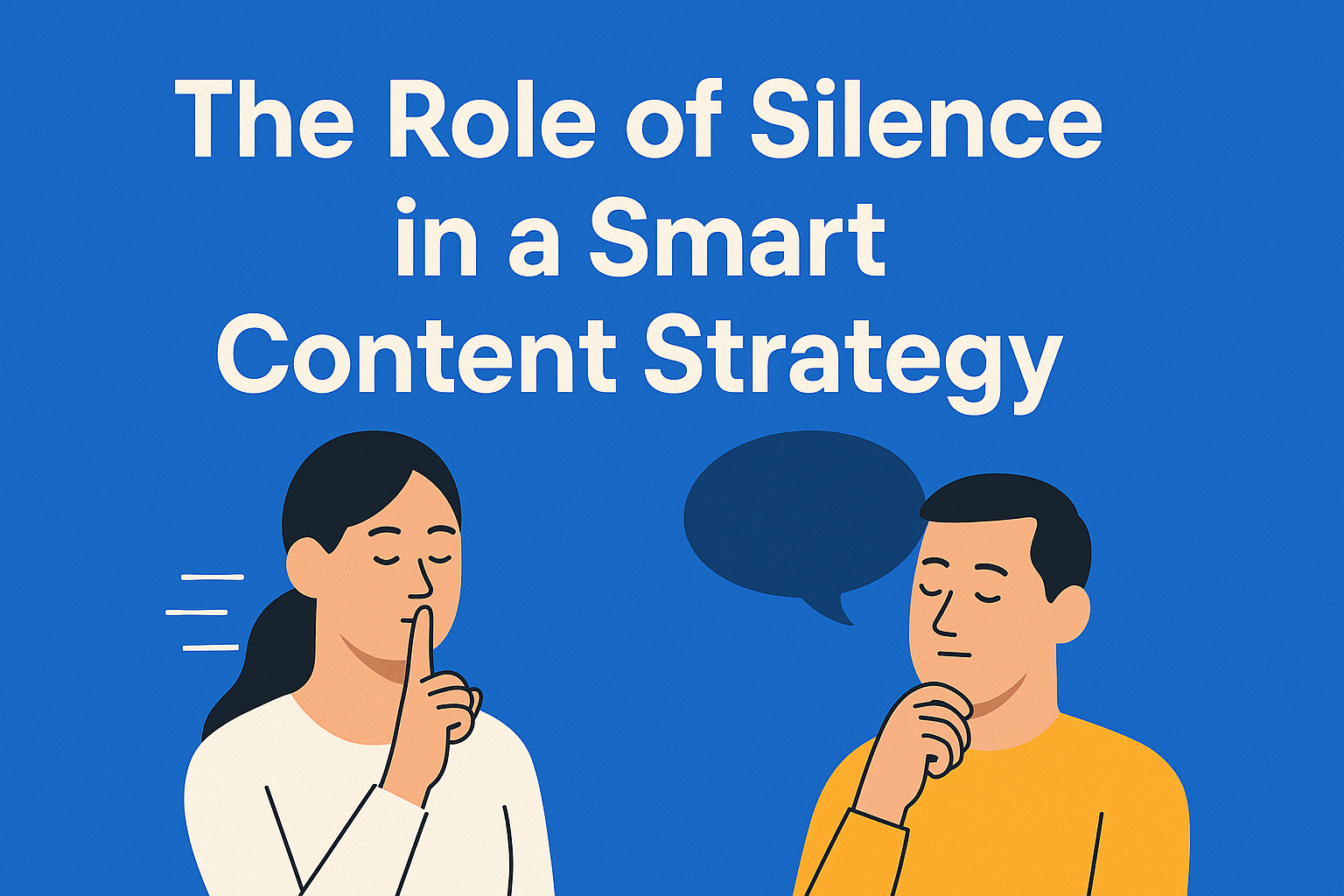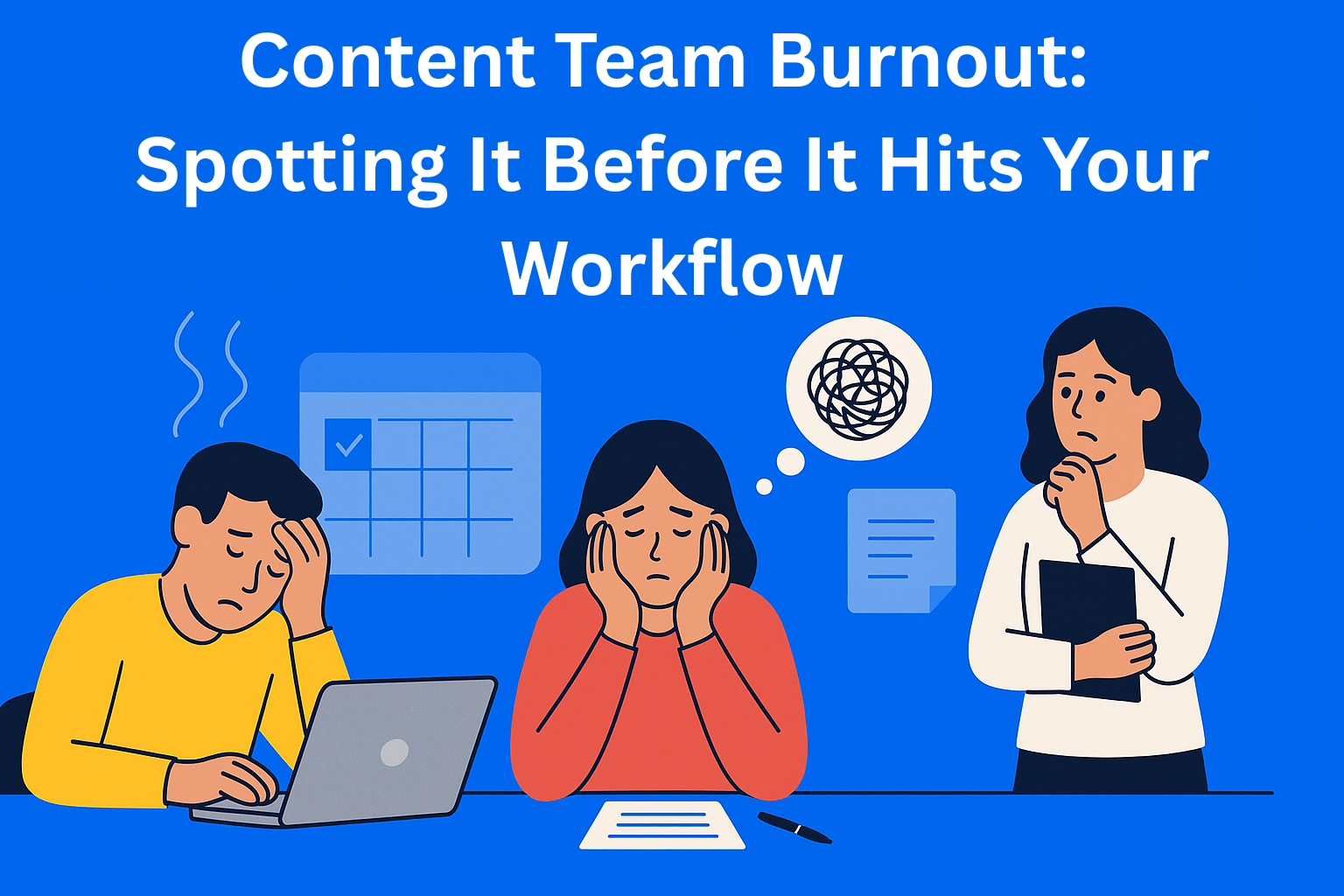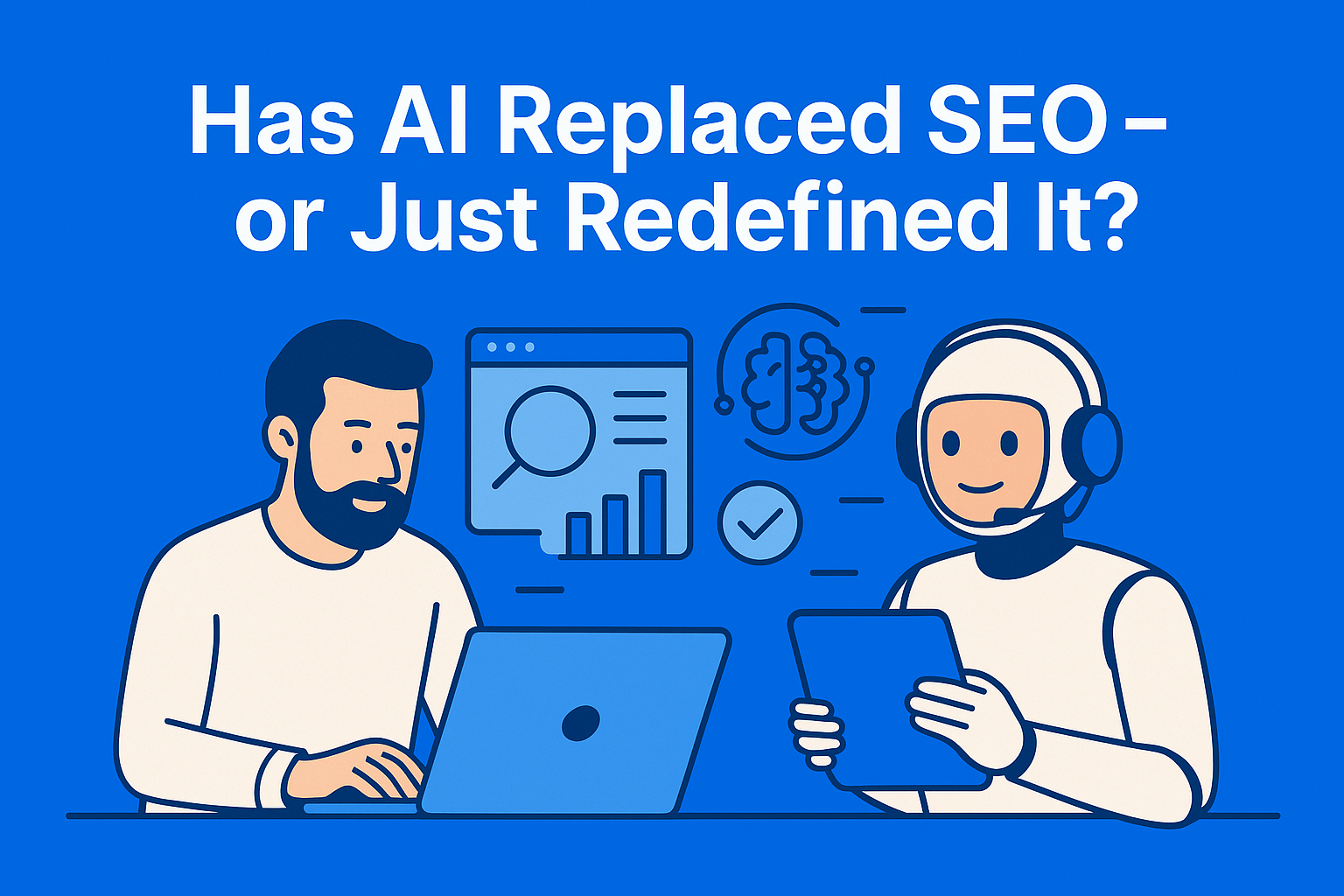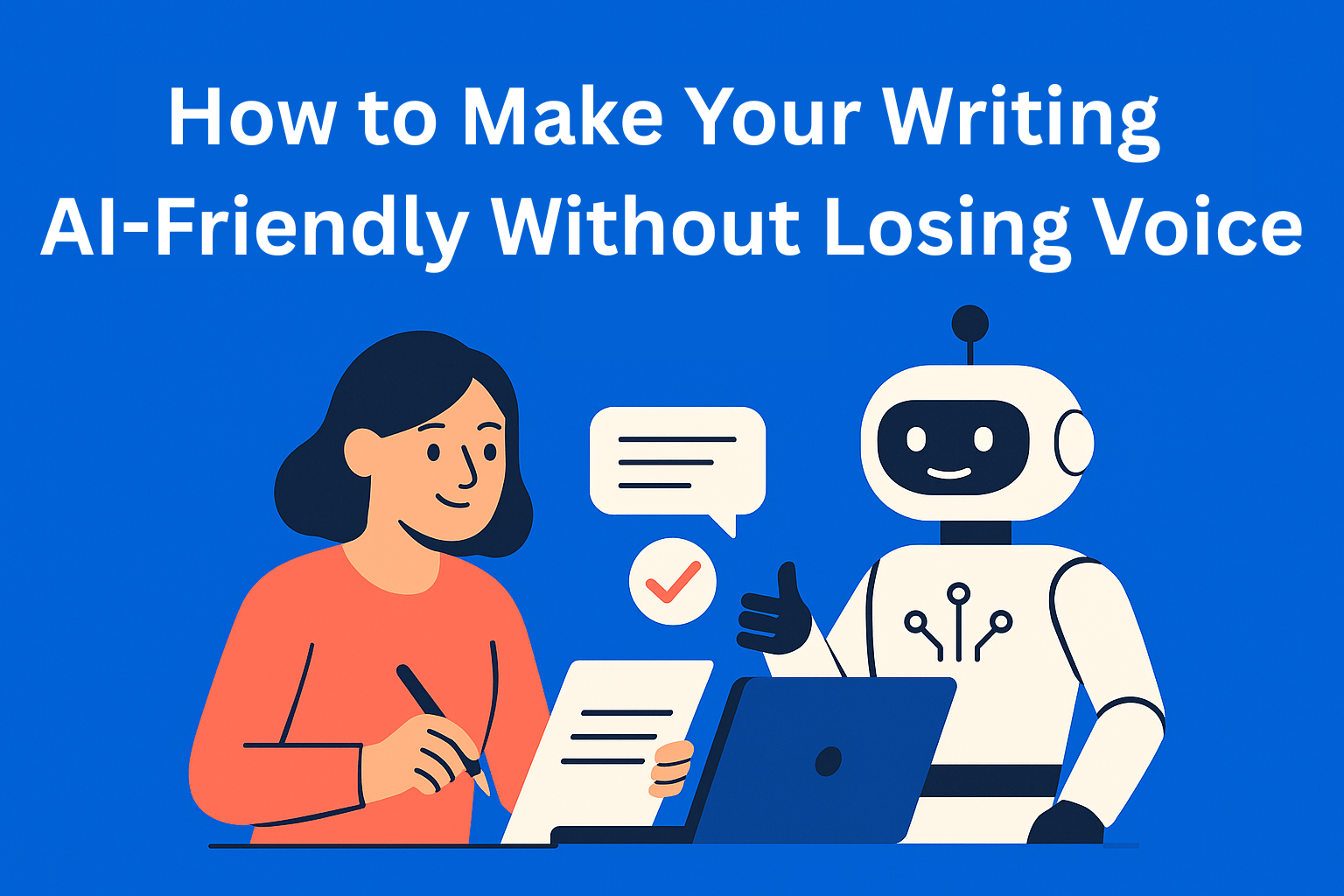The Role of Silence: When Not Publishing Can Help Your Content Strategy
Discover why silence can be a powerful part of your content strategy. Learn when not publishing helps prevent content fatigue, boosts engagement, and strengthens your brand’s long-term impact.

Everyone talks about how we should constantly publish new content. Blogs, posts, videos - it all comes down to quantity. However, few people think about the other side of the coin: what if silence can sometimes be just as powerful as a new post?
Silence in marketing may seem risky, but it often brings great results. When we know when to pause and how to plan a break, we can keep our audience’s attention, improve content quality, and give the team time to rest and come up with new ideas.
Key Takeaways
- Silence can be strategic - pausing content can build anticipation, highlight older posts, and recharge your team creatively.
- Too much content leads to fatigue - publishing nonstop can reduce quality, overwhelm audiences, and hurt engagement.
- Planned breaks build trust - when pauses are intentional and communicated, they show confidence and transparency.
- Silence boosts long-term impact - it gives room to optimize evergreen posts, improve SEO, and refresh brand direction.
- Less content, more meaning - when you publish less often, each piece matters more and feels more intentional to your audience.
Why Too Much Content Can Hurt
Many companies believe that the more they publish, the more successful they are. However, too much posting can have the opposite effect. The audience quickly becomes oversaturated, and the message loses its strength. Instead of following every post, people start skipping content because there’s simply too much of it. This leads to content fatigue - exhaustion from too much information.
In this kind of environment, quality becomes much more important than quantity. Instead of publishing five average articles a week, one good article a month can have a much stronger effect. Content strategy then becomes thoughtful, not impulsive.
Constant publishing can also put pressure on the team. Fatigue, lack of inspiration, and a drop in creativity are common side effects. A pause in publishing gives the team a chance to rest and return with fresh ideas.
The Power of Intentional Silence
Choosing not to publish may seem like a counterintuitive decision, but in practice, it’s a very strategic move. When you take a break, your audience has the chance to revisit old posts, read them again, reflect on them, and share them with others. This increases the value of the content you already have.
Silence can also create a sense of anticipation. When a brand isn’t constantly present, every new post gets more attention. People begin to wonder what’s coming next, which can boost engagement.
Through silence, you show confidence. A brand that knows when to stay quiet shows it doesn’t need to always be in the spotlight. This leaves an impression of seriousness and authenticity, which is crucial for long-term success.
When It’s Time for a Break
Not every silence is good silence. The key is knowing when to take a break. Here are a few signs that it might be time to pause:
- Drop in audience engagement. If you notice people commenting, sharing, or clicking less, it might mean they need a short break.
- Lack of inspiration in your team. When ideas start repeating, it’s time for a refresh.
- Drop in quality. If the pressure to publish often makes your content shallow, it’s worth slowing down.
Analyze your metrics. If your numbers are stable and engagement hasn’t changed, it might not be time yet. But if you see your audience or your team getting tired, it’s better to take a break than to keep pushing at all costs.
How to Plan Intentional Breaks
Silence shouldn’t be chaotic or unplanned. Like everything else in marketing, breaks should be intentional. Here’s how:
- Add quiet periods to your content calendar. Plan no-post periods, especially after large campaigns or series of articles.
- Inform your audience. A simple message like “We’re taking a short break to bring you even better content soon” builds trust and shows transparency.
- Use the pause for analysis. Review what worked best, what your audience likes, and what can be improved.
- Create in advance. Use the quiet time to develop new, high-quality content instead of rushing deadlines.
When you plan silence, you still remain in control of your brand. A pause becomes part of your long-term strategy, not a sign of inactivity.
How Silence Strengthens Long-Term Content Impact
Silence is a tool. During breaks, you can focus on what you already have.
For example:
- Re-share evergreen content, articles that remain relevant over time.
- Optimize old posts with updated SEO keywords and headlines.
- Use the break for rebranding your tone, style, or approach to your audience.
When you return, your content will be refreshed, focused, and of higher quality. The audience notices that. Silence can strengthen trust because it shows that your goal isn’t just to be present, but to provide real value. In a world full of information, a brand that knows when to speak and when to stay silent appears authentic and thoughtful.
When you publish less frequently, every post carries more weight. People know that when you post something, it’s meaningful and worth reading.
Conclusion
In a world where everyone is shouting, silence becomes a luxury. Knowing when to stay silent is just as important as knowing what to say. Not publishing isn’t a loss - it’s part of a smart content strategy.
Silence gives room for reflection, analysis, and growth. It gives your team the chance to create better ideas and your audience time to connect more deeply with what you’ve already shared. The next time you’re thinking about whether to publish another post, ask yourself: Is this the right time, or would silence have a stronger effect?






